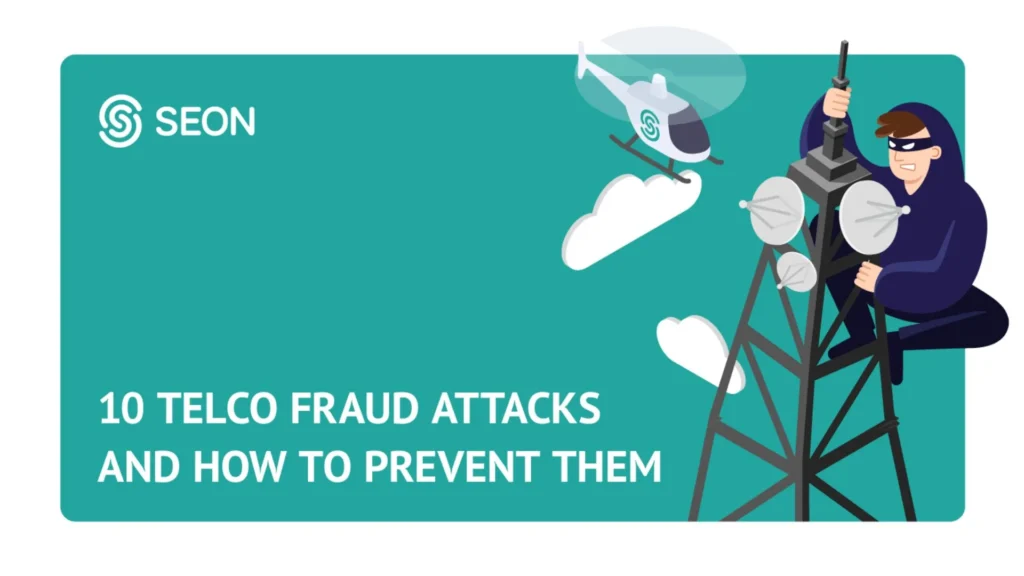Pelephone, a prominent telecommunications provider in Israel, plays a crucial role in connecting people through its mobile and internet services. As with any telecommunications company, Pelephone faces significant challenges in safeguarding its operations from various forms of fraud. This article delves into the types of fraud affecting Pelephone, the strategies employed to mitigate these risks, and the importance of maintaining trust and security in the digital age.Mitigating Fraud Risks in Telecommunications
Types of Telecom Fraud
Telecom fraud encompasses a spectrum of illicit activities that exploit vulnerabilities within networks and customer interactions. Understanding these fraud types is essential for implementing effective countermeasures.
Subscription Fraud
Subscription fraud involves acquiring telecom services through deceitful means, without any intention of paying for them. This includesIdentity Theft
Fraudsters use stolen or fabricated identities to open accounts, resulting in unpaid bills and financial losses for Pelephone.
- Synthetic Identity Fraud: Creating fictitious identities using a combination of real and fake information to pass verification processes.
- Account Takeover: Illegally accessing existing customer accounts to make unauthorized changes or purchases.
Credit Card Fraud
Fraudsters use stolen or fraudulent credit card details to pay for services, leading to chargebacks and financial strain on Pelephone.
- Card Not Present (CNP) Fraud: Unauthorized transactions where the physical card is not required for payment.
- Card Skimming: Illegally capturing card details through devices installed on ATMs or payment terminals.
Network Abuse
Network abuse involves unauthorized exploitation of Pelephone’s network resources, impacting service quality and operational efficiency.
International Revenue Share Fraud (IRSF)
Fraudsters manipulate international call routing to generate revenue through inflated charges, often collaborating with premium rate service providers.
- Call Pumping: Artificially inflating call volumes to earn higher revenue shares from international partners.
- SIM Boxing: Routing international calls through local SIM cards to evade legitimate international rates.
Toll Fraud
Unauthorized access to PBX systems or phone lines to make long-distance calls, resulting in financial losses for Pelephone.
- PBX Hacking: Exploiting vulnerabilities in private branch exchange (PBX) systems to place fraudulent calls.
- Call Selling: Illegally selling access to compromised phone lines for making international calls.
Mobile Services Fraud
Given its mobile service offerings, Pelephone faces specific fraud risks in this domain.
SIM Swap Fraud
Fraudsters manipulate the SIM card transfer process to gain control of a customer’s mobile number, enabling further fraudulent activities.
- Social Engineering: Conning customer service representatives into transferring a phone number to a new SIM card under false pretenses.
- Insider Collaboration: Involvement of internal employees to facilitate SIM swap fraud schemes.
Premium Rate Service (PRS) Fraud
Exploitation of premium rate services to generate unauthorized charges on customer accounts.
- SMS Phishing (Smishing): Sending deceptive messages to prompt customers into calling premium rate numbers or divulging personal information.
- Wangiri Fraud: Initiating missed calls from premium rate numbers to entice call-backs and incur charges.
Digital Services Fraud
The integration of digital platforms introduces new fraud risks for Pelephone.
App and Content Fraud
Creation of fake apps or distribution of malware to deceive users into making unauthorized purchases or revealing personal data.
- Malware Distribution: Embedding malicious code in apps to compromise user devices or steal sensitive information.
- Fake Apps: Mimicking legitimate applications to deceive users into disclosing payment details or personal information.
Online Payment Fraud
Fraudulent use of stolen payment information or exploitation of vulnerabilities in online payment systems.
- Phishing Attacks: Deceptive emails or websites that trick users into disclosing payment details or login credentials.
- Identity Theft: Illegally obtaining personal information to conduct unauthorized transactions.
Insider Threats
Internal stakeholders pose a significant threat by misusing their access to Pelephone’s systems or information.
Employee Misuse
Employees exploiting their privileges to manipulate customer data, steal information, or facilitate external fraud schemes.
- Data Breaches: Illegally accessing and distributing customer information for personal gain or unauthorized use.
- System Manipulation: Altering billing records or service configurations for illicit purposes.
Collusion
Internal and external parties collaborating to perpetrate fraud, compromising Pelephone’s security and customer trust.Mitigating Fraud Risks in Telecommunications
- Information Leakage: Sharing confidential company data with external entities for financial gain.
- Facilitation of Fraud: Assisting external fraudsters in bypassing security measures or exploiting system vulnerabilities.
Challenges Faced by Pelephone
Pelephone encounters several challenges in effectively managing fraud risks:
- Technological Complexity: Rapid advancements and integration of digital services create new vulnerabilities.
- Regulatory Compliance: Adhering to stringent local and international regulations related to data protection and financial transactions.
- Customer Expectations: Safeguarding customer data and ensuring trust in service reliability and security.Mitigating Fraud Risks in Telecommunications
Impact of Fraud on Pelephone
Fraud incidents can have far-reaching consequences for Pelephone:
- Financial Losses: Unpaid bills, chargebacks, and costs associated with fraud detection and prevention efforts.
- Operational Disruptions: Diversion of resources from core activities to address fraud incidents, leading to service disruptions.
- Reputational Damage: Erosion of customer trust and brand reputation, impacting customer retention and acquisition.
- Legal and Regulatory Consequences: Non-compliance with regulations resulting in penalties and legal actions.

Strategies for Mitigating Fraud Risk at Pelephone
To combat fraud effectively, Pelephone employs proactive strategies and robust preventive measures:
- Advanced Fraud Detection Technologies: Utilization of AI and machine learning for real-time fraud detection and response.
- Enhanced Security Measures: Implementation of encryption protocols, access controls, and regular security audits.
- Customer Verification Enhancements: Deployment of multi-factor authentication (MFA) and biometric verification for robust identity validation.
- Employee Awareness Programs: Education and training programs to increase awareness of emerging fraud trends and ethical conduct.
- Collaboration and Information Sharing: Partnerships with industry peers, law enforcement agencies, and regulatory bodies for intelligence sharing and collective action against fraud.
Conclusion
In conclusion, Pelephone faces a complex landscape of fraud risks in its telecommunications operations. By implementing comprehensive strategies that encompass advanced technologies, enhanced security measures, and proactive employee and customer engagement, Pelephone can effectively mitigate these risks. Maintaining trust, safeguarding customer data, and complying with regulatory requirements are paramount in securing its position as a reliable and secure telecommunications provider in Israel’s competitive market. Through continuous adaptation and innovation, Pelephone remains resilient in combating fraud and ensuring the integrity of its services in the digital era.


1 thought on “Mitigating Fraud Risks in Telecommunications”